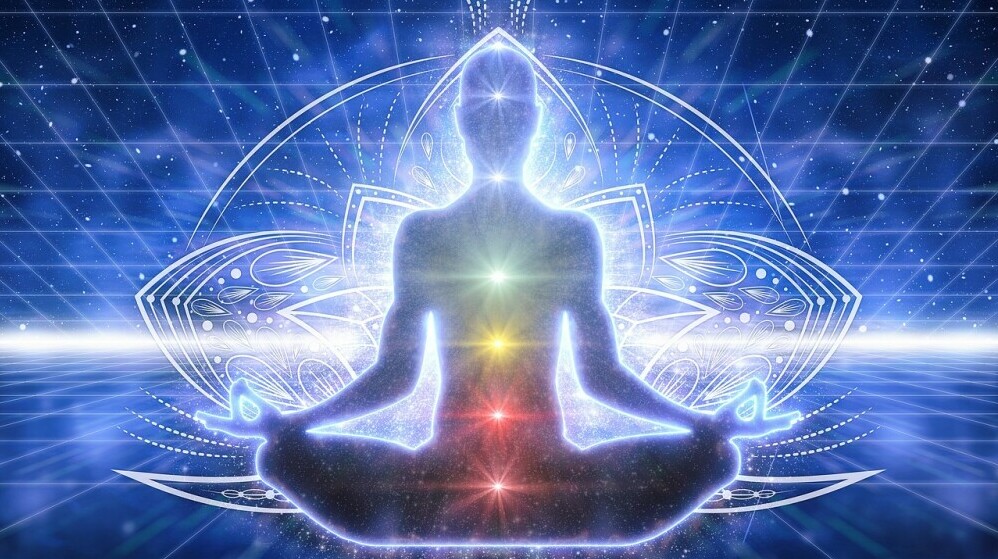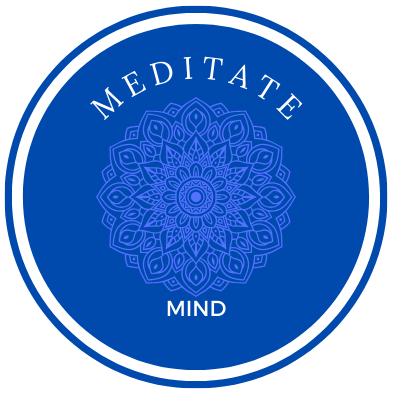
Have you ever wondered about the force that connects your physical body to emotional and spiritual wellbeing? That’s where the concept of chakras comes into play. Originating from ancient Eastern spirituality, chakras are often depicted as spinning wheels of energy throughout the body, each with its own vibrational frequency.
These chakras govern different aspects of our psychological traits and physical health. When they’re balanced, they allow energy to flow smoothly, leading to a sense of harmony and vitality. However, life’s stresses can throw these energy centers out of sync, potentially leading to various physical and emotional symptoms.
Incorporating chakra work into meditation practices can be transformative. It isn’t just about stillness or focus; it’s a journey of exploring and harmonizing internal energies. As you familiarize yourself with each chakra and its influence on your overall wellbeing, you begin to unlock deeper levels of self-awareness and healing.
In the upcoming section, you’re going to find out about the seven main chakras, their functions, and characteristics. This knowledge serves as the groundwork for the practical meditation techniques we’ll discuss, aimed at nurturing a balanced and empowered self.
Identifying and Understanding Your Seven Chakras
So you’re curious about your chakras? Let’s get to know them one by one. Picture chakras like wheels of free-flowing positive energy. Each of these swirling energy centers directly corresponds to massive nerve centers in our bodies. There are seven main chakras that run along your spine, starting from the base and moving up to the crown of the head.
Each chakra not only governs specific bodily functions but also links to certain emotional and psychological behaviors. The Root Chakra, found at the base of your spine, deals with survival instincts and grounding. Move a little higher, and you’ll find the Sacral Chakra that’s all about our connection and ability to accept others and experiences.
The Solar Plexus Chakra, which sits around the stomach area, is the power hub. It’s where your confidence and control over your life sit. Next, you’ve got the Heart Chakra, right in the middle of the chest, which is all about love and compassion. Following that is the Throat Chakra that enables communication, self-expression of feelings, and the truth.
The Third Eye Chakra is located in the forehead, between the eyes. It’s the center of intuition and foresight. The energy here is linked to your mental capabilities and spiritual awareness. Lastly, we reach the Crown Chakra at the top of the head which connects us to the divine.
Now, knowing if your chakras are balanced might sound tricky, but there are some tell-tale signs. When a chakra is balanced, you feel secure and confident in that area of your life. Imbalance can often feel like stress, anxiety, or feeling overwhelmed. For instance, if you’re frequently anxious about basic needs, your Root Chakra might need some attention.
As you explore the state of your chakras, remember that it’s not just about understanding them; it’s about taking steps to bring them into harmony. And that’s where meditation comes into play. Meditation is a powerful method to unlock and balance your chakras, restoring your physical, emotional, and spiritual well-being.
Techniques to Unlock and Balance Your Chakras through Meditation
Now that you’re familiar with the seven chakras, it’s time to explore how you can actively engage with them through meditation. But first, remember that the goal here isn’t perfection; it’s about establishing a connection with your inner self and fostering balance.
Before you begin, find a quiet space where you won’t be disturbed. Make sure you’re comfortable so that physical distractions won’t pull you away from your focus. This preparation paves the way for a more profound meditation experience.
Each chakra is typically associated with certain meditation techniques. For instance, envisioning a bright red light at the base of your spine can help engage the root chakra, fostering a sense of grounding and security.
Mantras, specific sound vibrations, are powerful tools in chakra meditation. The mantra ‘LAM’ for the root chakra or ‘OM’ for the third eye can reinforce your meditation intentions and help clear energetic blockages.
Colors and visualization are key aspects of chakra meditation. Visualizing a lotus flower opening at your heart or a spinning wheel of light in vibrant colors corresponding to each chakra can be very effective.
Don’t forget about breathing exercises—pranayama. Techniques like alternate nostril breathing can help balance the left and right sides of the brain, correlating to the idea of balancing the chakras.
After concluding your meditation, it’s essential to gradually bring your awareness back to the present. Acknowledge the shift in your energy and set an intention to maintain this balance as you continue with your daily activities.
The Journey Ahead: Cultivating a Regular Chakra Meditation Practice
You’ve learned about the power of chakras and tapped into some potent meditation techniques to keep them balanced. Now, it’s critical to integrate these practices into your life consistently. Think of chakra meditation not as a one-off treatment but as ongoing maintenance for your holistic well-being.
Creating a calming space for meditation can have a profound impact on your practice. Choose a spot that resonates with you, whether it’s a quiet corner of your home or a peaceful outdoor setting. Arrange it in a way that invites tranquility, perhaps with some plants, comfortable cushions, or soft lighting.
Remember, building a regular meditation habit doesn’t happen overnight. It’s a marathon, not a sprint. Don’t worry too much about mastering everything at once. Give yourself the grace to grow into the practice and appreciate the small victories along the way.
Keep a journal or use a mindfulness app to track the changes you notice—physically, emotionally, and spiritually. This isn’t just about chakra alignment; it’s also about personal evolution. Reflecting on your journey will help you stay motivated and show you how far you’ve come.
Lastly, don’t hesitate to seek out the guidance of experts or join a community of like-minded individuals. Sharing experiences and learning from others can be incredibly validating. There’s a lot of opportunity in connecting with others who are also on this path of inner discovery and balance.
Take This 30-Second Quiz To Discover If Any Of Your Chakras Are Blocked
& How To Activate Them…
**Here’s a little transparency: Our website contains Affiliate links. This means if you click and make a purchase, we may receive a small commission. Don’t worry, there’s no extra cost to you. It’s a simple way you can support our mission to bring you quality meditation content.*
